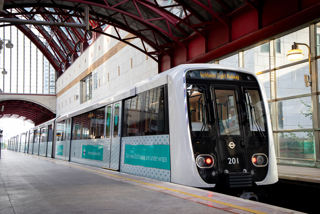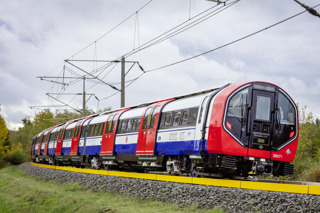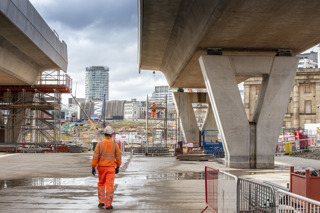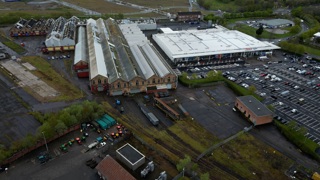The railway spent £22.8 billion (£1.5bn more than its income) in the financial year to March 31 - mainly due to inflation on index-linked Government borrowing for Network Rail’s financing costs, which rose to £2.8bn (up by 58%).
In the last full year before the current industrial action inevitably skews the next set of results, the Office of Rail and Road’s Rail Industry Finance (UK) report shows the level to which the industry’s finances have recovered from the pandemic.
As a result, government support was reduced, although passenger revenue (£5.8bn, up by £3.9bn) remains 47% below pre-pandemic levels (£10.9bn, April 2019-March 2020). The average fare is £5.89.
The figures, covering all of Britain, show the industry had £21.3bn income, comprising government funding (£13.3bn), fares and other passenger income (£6.5bn), and other sources (£1.5bn).
Of the Government’s £13.3bn, almost half (£6.5bn) went to Network Rail, while £6.7bn went to passenger and freight operators, and £4 million to the Core Valley Lines project in South Wales.
Down by £4.3bn (24.4%) from the previous year, due to fares income being £3.9bn higher, the Government’s £13.3bn funding mainly came from the Department for Transport (£10.9bn), with the rest from Transport Scotland (£1.5bn), Transport for Wales (£0.3bn), Transport for London (£0.5bn) and Passenger Transport Executives (£0.1bn).
To read the full story, see RAIL 972
You can subscribe for print/digital access via https://bit.ly/3DcPaAv


















Login to comment
Comments
No comments have been made yet.